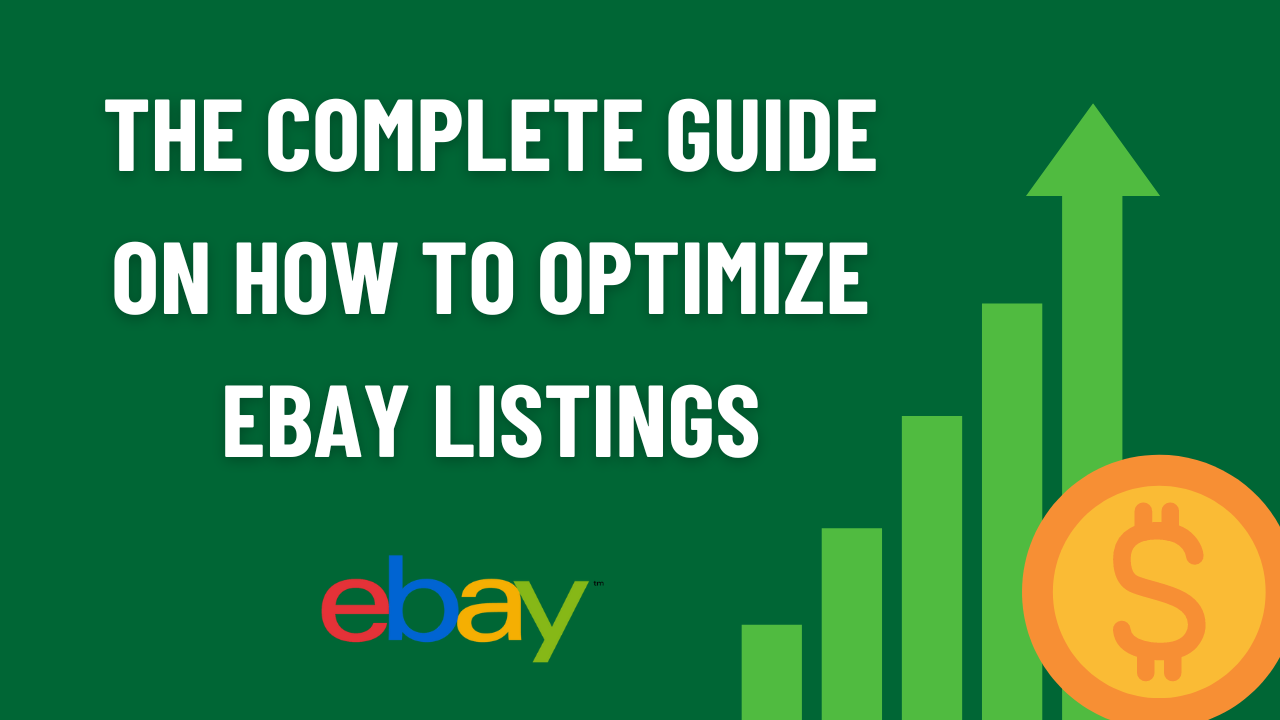You’ve probably bought or sold something on eBay at some point. With millions of active users worldwide, it’s one of the biggest online marketplaces out there. But where exactly does eBay make its money? As you’ll see, most of its billions in annual eBay revenue comes from fees charged to sellers. However, eBay also generates significant eBay revenue from advertising, classifieds, StubHub, and other business segments. So, this article breaks down the different revenue streams at eBay and analyzes where its eBay revenue comes from. You’ll learn how eBay’s business model works and how the company continues to profit from connecting buyers and sellers through its online marketplace, thereby increasing its eBay revenue.
eBay Revenue: Overview of eBay’s Business Model

Fees from listings and final value
The bulk of eBay’s revenue comes from the fees charged to sellers for listing items and the final value fees once items are sold. eBay makes money whether the item sells or not, charging an insertion fee for each listing and a final value fee if the item sells, based on the final selling price.
Advertising
eBay also generates revenue through advertising on their platform. Additionally, companies can promote their products and services through sponsored listings, banner ads, and other advertising opportunities. eBay uses data about buyers and their browsing history to target ads.
StubHub
eBay owns StubHub, one of the world’s largest ticket marketplaces. StubHub charges buyers and sellers fees for tickets sold through their platform, providing another revenue stream for eBay.
Classifieds
eBay’s classifieds platform, which operates similarly to sites like Craigslist, plays a crucial role in the strategy to optimize eBay revenue. So, this segment generates eBay revenue by charging for premium listings, featured items, and ads. Distinguishing itself, eBay’s classifieds cater both to general-purpose users and to those seeking specific verticals such as motors, real estate, or jobs, effectively broadening the eBay revenue sources beyond traditional auction and direct sales.
At its core, eBay has developed into an e-commerce powerhouse by leveraging its strengths in connecting buyers and sellers and facilitating seamless transactions between them. This focus has not only cemented eBay’s position in the market but has also been instrumental in diversifying its business model. The varied revenue streams, including the significant contribution from the classifieds platform, underscore the company’s robust approach to generating eBay revenue. This diversification provides eBay with stability and a competitive edge, ensuring its continued success and growth in the dynamic e-commerce landscape, all while enhancing eBay revenue.
Breakdown of eBay’s Major Revenue Streams

eBay makes money in a few main ways. First, they charge sellers various fees for listing items, selling items, and other selling-related services. These fees represent the bulk of eBay’s revenue and brought in over $7 billion in 2020.
Fees for listings and final value
When you list an item on eBay, you pay an insertion fee. Then, when your item sells, eBay charges you a final value fee based on the selling price. The fees vary depending on the category of item you’re selling. For most categories, the final value fee is around 10% of the total sale price.
Promoted listings
eBay also offers promoted listings where sellers pay extra to have their items ranked higher in search results and get more visibility. Promoted listings generated over $900 million for eBay in 2020 and continue to be an important source of income.
Shipping and logistics
eBay owns a shipping service called eBay Labels that lets sellers buy discounted postage for items they ship. eBay makes a profit on the service fees for Labels. They also own a parcel delivery service called eBay Parcel that handles shipping for some sellers. Revenue from shipping and logistics totaled $500 million in 2020.
Classifieds
eBay’s classified ad sites brought in over $300 million in 2020. They own sites like eBay Classifieds, Gumtree, and Kijiji where people can buy and sell locally. Revenue comes from charging sellers to promote their listings and gain more visibility.
With diverse revenue streams and over 180 million active buyers, eBay continues to find new ways to generate income while connecting people with items they love. The company is built to withstand changes in the economy and ecommerce landscape. For sellers and buyers alike, eBay remains a go-to marketplace.
Frequently Asked Questions About eBay Revenue

How does eBay make money?
eBay generates revenue through several streams. Their primary source is fees from sellers listing items and final value fees when items are sold. eBay also makes money through advertising on the site and through their payment service, PayPal.
How much does eBay charge sellers?
eBay charges sellers in a few ways:
- Listing fees: When you list an item on eBay, you pay a fee for the listing which ranges from $0.30 to $75 depending on the price and category of your item.
- Final value fees: When your item sells, eBay charges a final value fee which is a percentage of the total selling price of your item. The fees range from 5-10% depending on the category.
- Optional feature fees: eBay charges for optional features like highlighting your listing or offering a “buy it now” price. Fees range from $0.03 to $24.95.
- PayPal fees: If you accept PayPal payments, PayPal charges a fee for each transaction. The fees are 2.9% plus $0.30 per transaction.
Does eBay offer any seller discounts or promotions?
Yes, eBay frequently offers promotions and discounts for sellers. Some common ones include:
- Fee discounts for high volume or power sellers.
- Coupons for 50-90% off final value fees.
- Periodic “zero insertion fee” promos where listings are free.
- Credits and coupons for new sellers to help you get started.
eBay wants to keep their sellers happy so they’re always offering ways for you to save money on fees and grow your business. Be sure to check eBay’s Announcements Board and Seller Center regularly for the latest promotions.
Conclusion
So there you have it! eBay has plenty of ways to make money, from seller fees to advertising and classifieds. Additionally, the online marketplace giant pulls in billions in revenue every year. While the core business of connecting buyers and sellers is still going strong, eBay continues to diversify and find new income streams. The company has come a long way since its start as a humble auction site in the 90s. Looking ahead, it will be interesting to see if eBay can keep adapting and innovating in the fast-changing world of ecommerce.
One thing’s for sure – they have a solid business model and their revenue sources seem built to last. As an eBay user yourself, you’ve likely contributed to their bottom line through fees and commissions. But that’s allowed them to create a platform we all enjoy using. At the end of the day, eBay’s success translates to better services and features for us as customers. And that’s a win-win situation for all.
For more helpful articles, you can browse our blogs here.








[…] now robust ecommerce channels. Look for more shopping features on platforms like Instagram, TikTok, and Pinterest. Businesses should focus on social media marketing to reach customers where […]
[…] eBay Revenue Sources: Unveiling the Marketplace’s Earnings […]
[…] eBay Revenue Sources: Unveiling the Marketplace’s Earnings […]